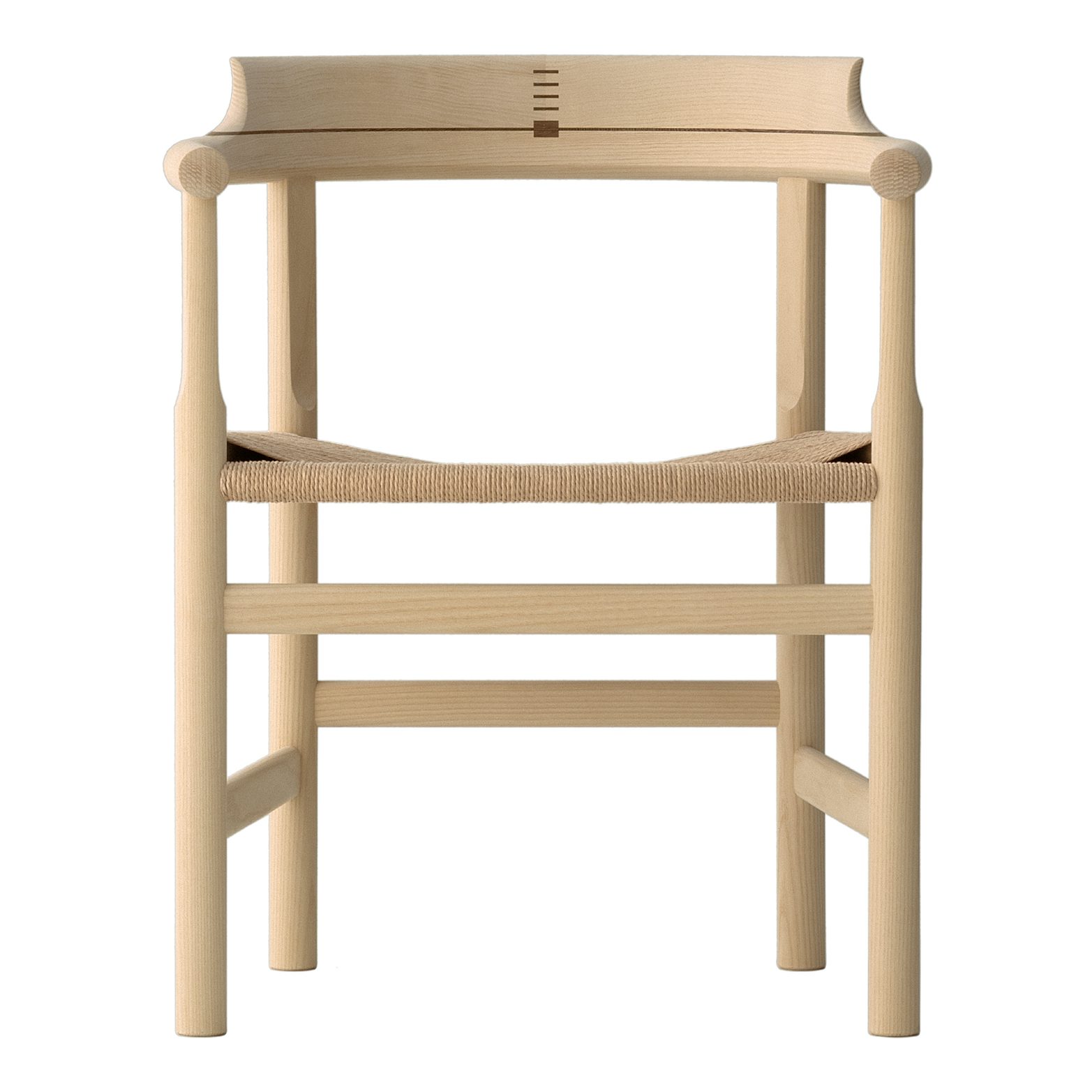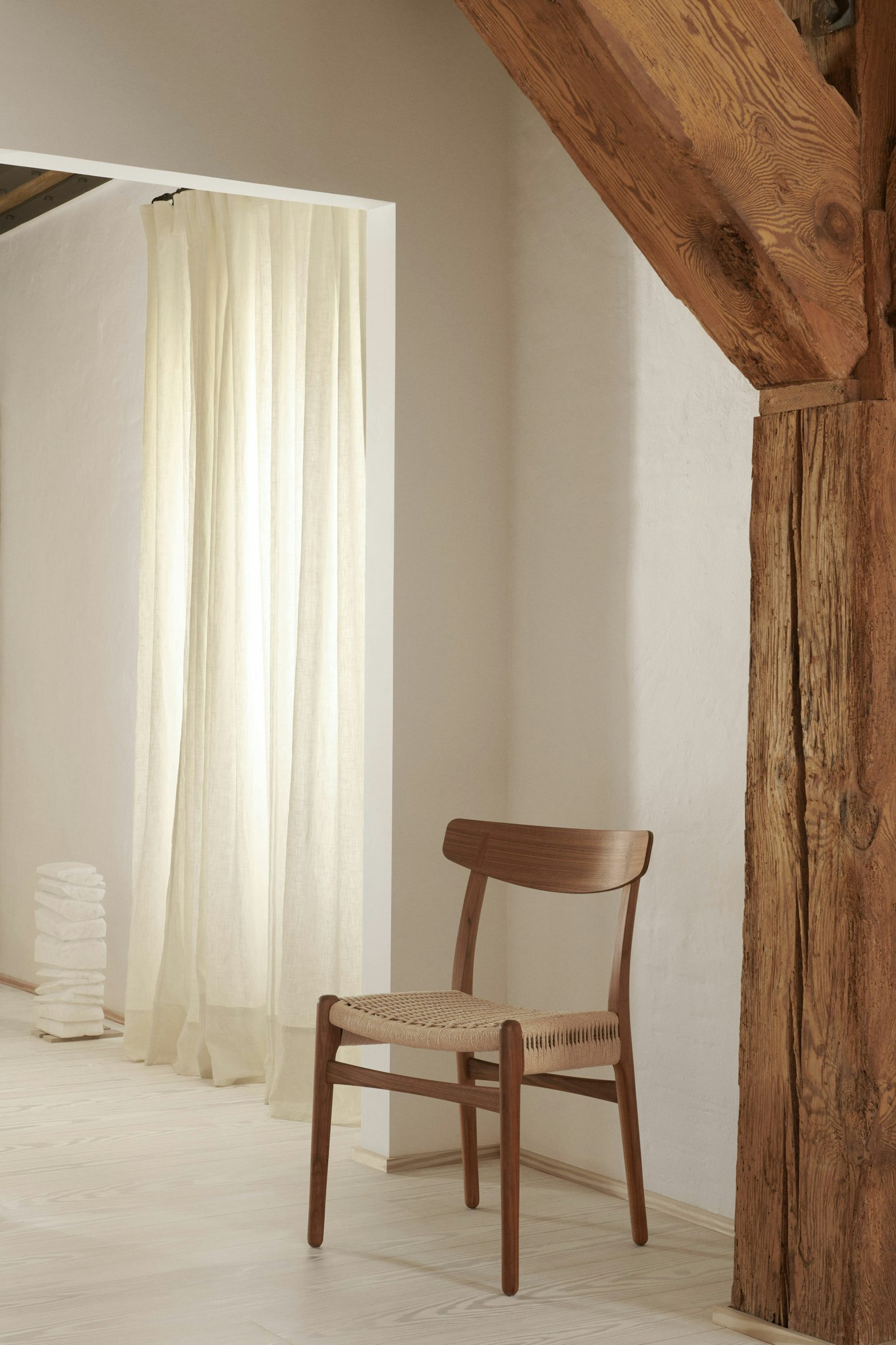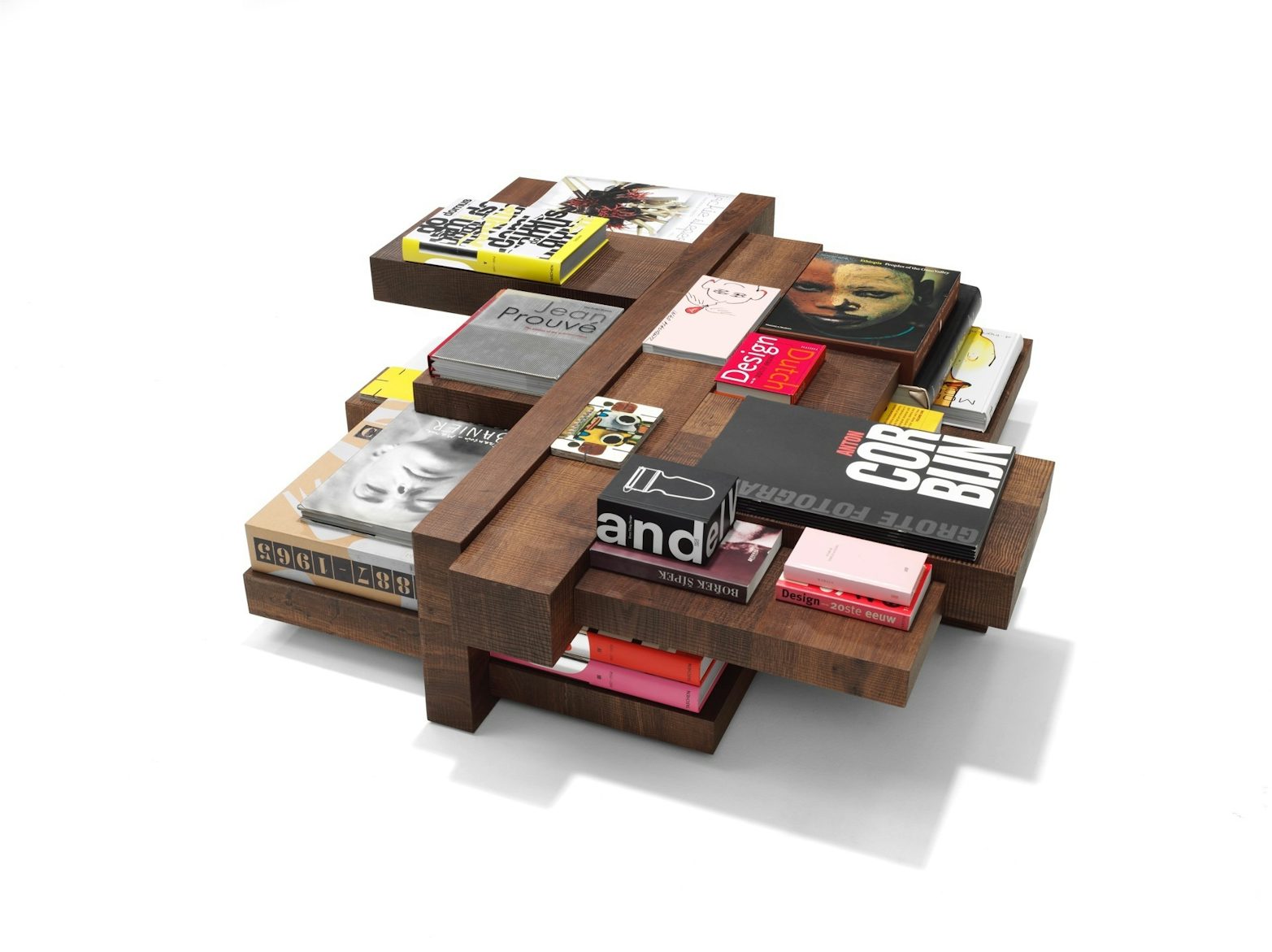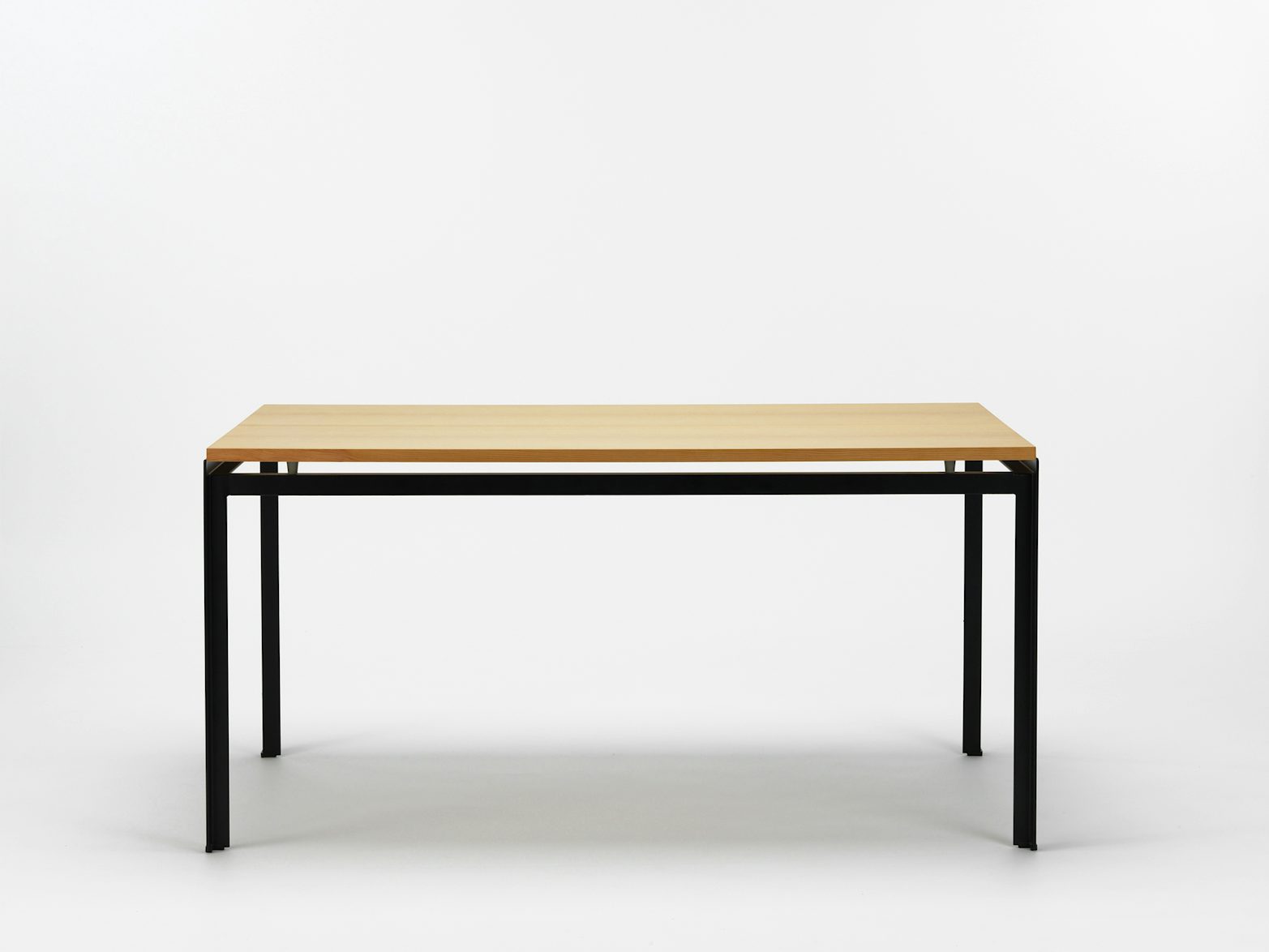Product Gallery
Video
Poul Kjærholm
Denmark (1929–1980)
The work of Poul Kjærholm was at once deeply rooted in the Danish furniture tradition and inspired by artistic movements all over Europe. The German Bauhaus School, furniture designers Gerrit Rietveld, Mies van der Rohe, and Charles Eames, as well as Danish furniture designer Kaare Klint and his contemporaries, all contributed to shaping Kjærholm as a furniture designer.
Kjærholm made a name for himself primarily with his functionalist steel, leather, and glass furniture, although he originally trained as a cabinetmaker in hjørring, Denmark in 1949. he then went on to study furniture design at the Danish School of Arts and Crafts (now the Royal Danish Academy of Fine Arts, School of Design) in Copenhagen, graduating in 1952 and returning again to teach shortly after. In 1955, he became a lecturer at the Royal Danish Academy of Fine Arts and was appointed a professor in 1976, succeeding Ole Wanscher. Kjærholm remained at the Academy until his death in 1980.
Throughout his work – as both an educator and a furniture designer – Kjærholm made function and clarity his hallmarks. Whatever material he worked with, Kjærholm, in his own quiet way, allowed the furniture to speak its own simple language. An idealist in his field, he refrained from easy solutions and never allowed himself to be guided by changing fads.
Driven by the dual desire to realize each material’s inherent nature and to create harmony between material and form, Kjærholm often felt that there was only one solution to a given problem. He was a demanding teacher guided by perfectionism and discipline, his idealistic approach to design also manifesting itself among his students.
More in Furniture
View All
by Hans J. Wegner
for PP Møbler
PP62 Captains Chair

by Hans J. Wegner
for Carl Hansen & Søn
CH23 Dining Chair

by Roderick Vos
for Linteloo
Manhattan Coffee Table
More in Poul Kjærholm
View All
by Poul Kjærholm
for Carl Hansen & Søn





